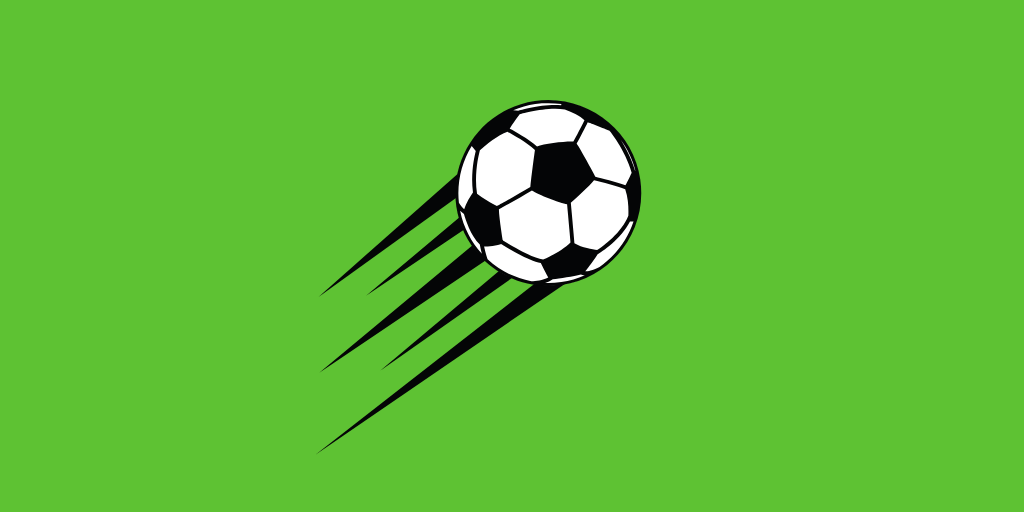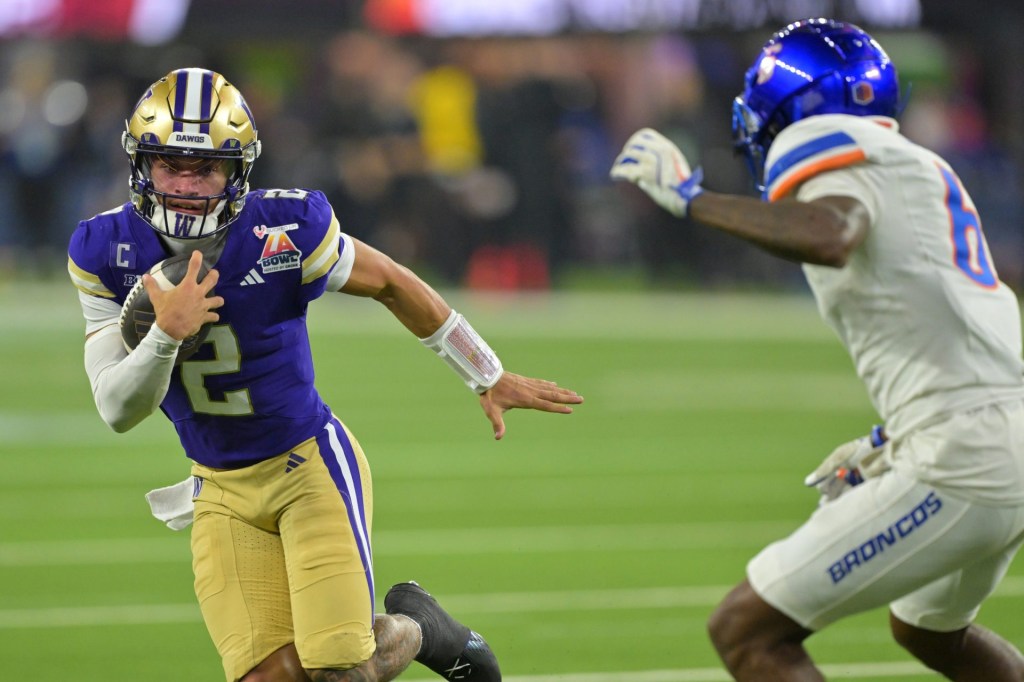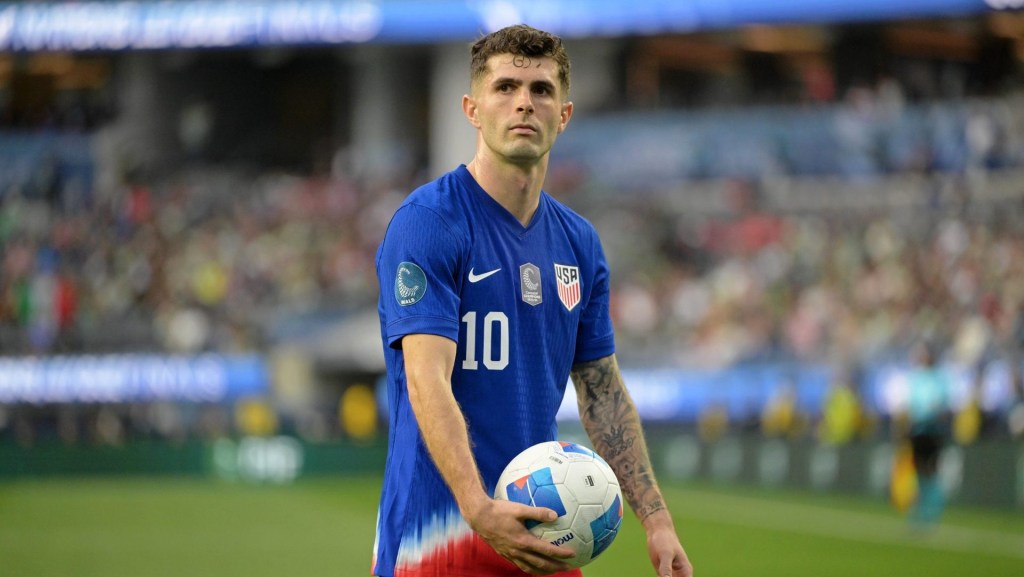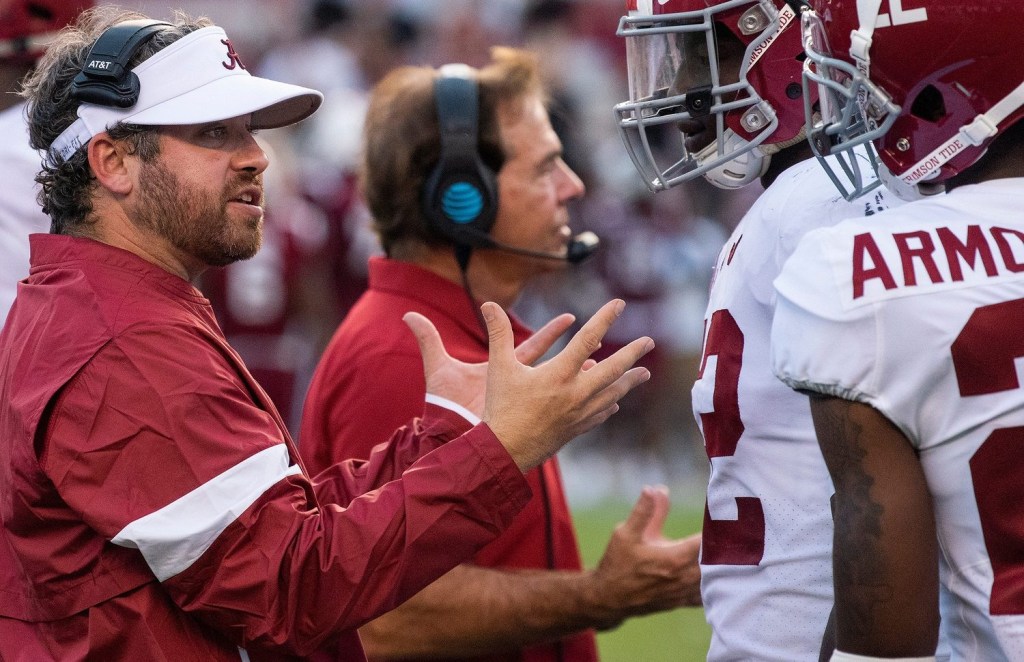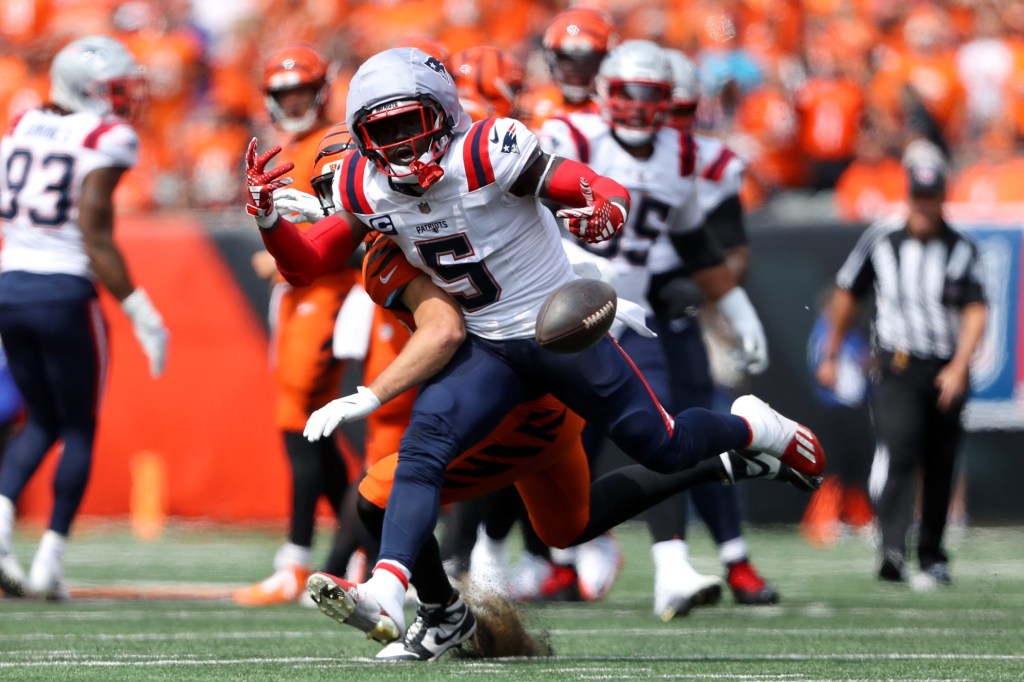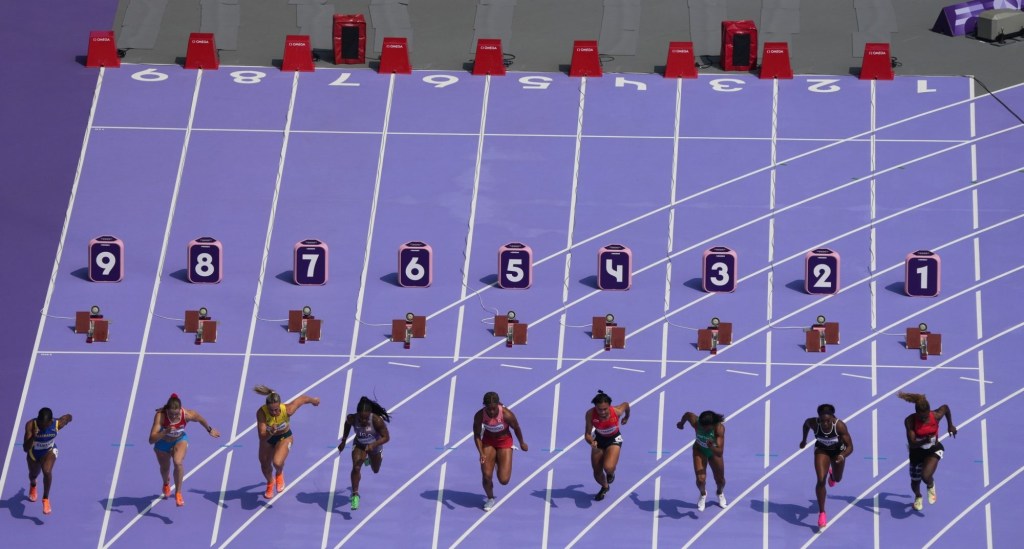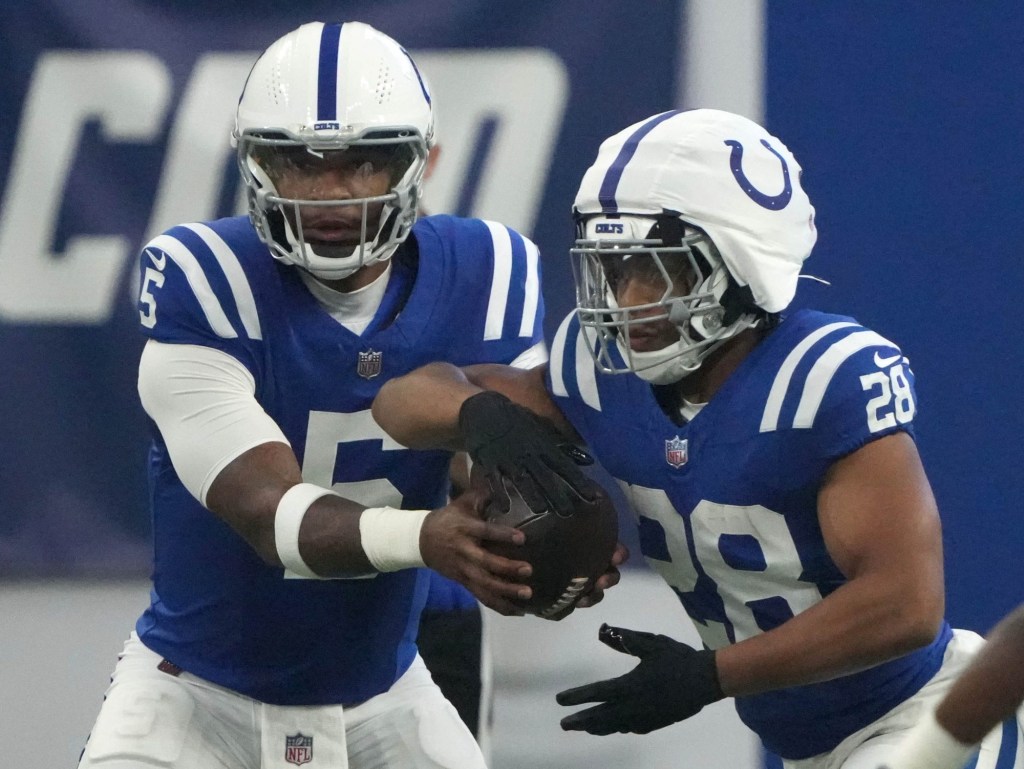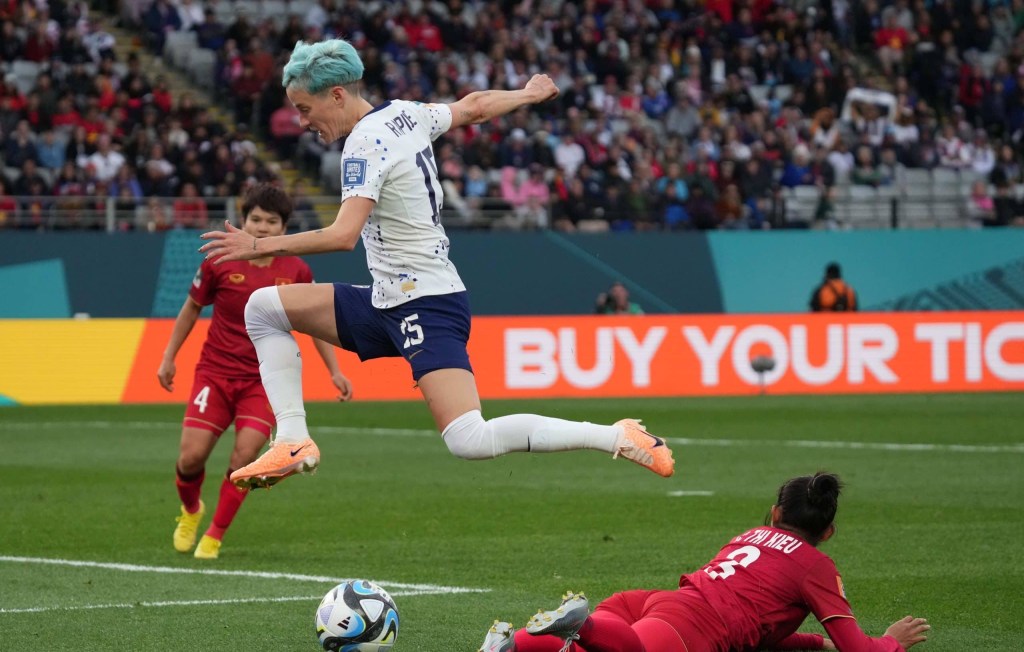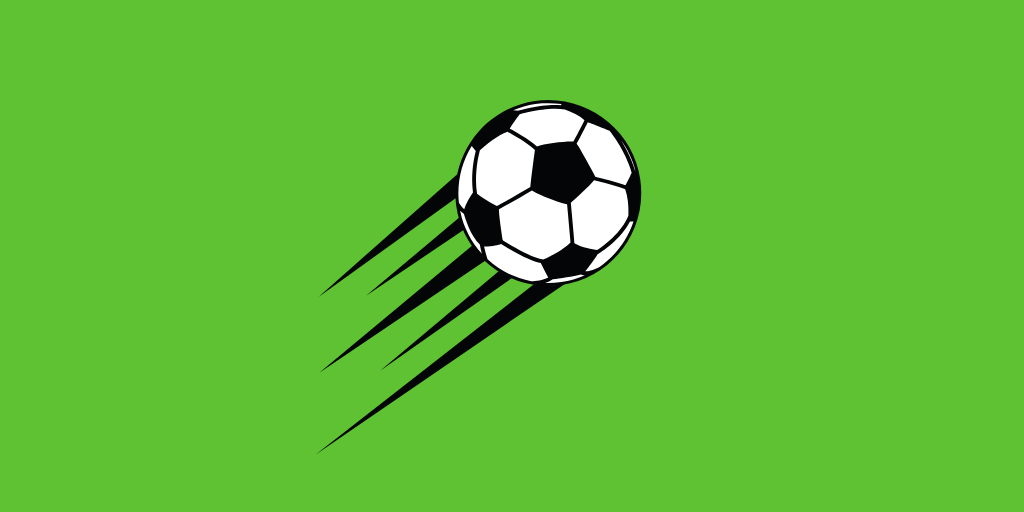
The sky was cloudy and humidity weighed heavy in the air as 30 kids gathered in anticipation for players from RCD Espanyol to arrive. Standing amongst two players from the Richmond Kickers, the city’s USL soccer team, one of the kids turned to Giuseppe Gentile, a forward, and asked, “Are you a better goalie than [Loris] Karius?”
Gentile laughed and the kids returned to their animated conversation about the previous night’s ICC match between Borussia Dortmund and Liverpool in Charlotte, N.C.
The conversation moved on to 19-year-old Christian Pulisic, a player who had excelled the night before. Pulisic is the current shining star of American soccer – a model of aspiration that young players can look up to, but while the system is changing, it’s still not there.
The subject of U.S. Soccer’s failure to make the World Cup has been covered to the point of exhaustion since the team’s loss against Trinidad and Tobago in the fall. Since that day, questions have been posed about the state of the federation, the players, and the youth system.
SEE MORE: Why AS Roma Formed a Partnership With the Nigeria Super Eagles
As America’s youth system has wavered, international leagues have tried to help in an attempt to boost the future of soccer in the U.S. and build their own brands in the States. La Liga, the top professional division of Spanish soccer is well known for its strong youth system across its clubs.
Three years ago, it entered into a partnership with U.S. Soccer to help improve its youth academies. RCD Espanyol is a star within La Liga’s development system. Known for producing and retaining high quality, top-tier talent, it is a model for what a successful academy system can look like.
[mc4wp_form id=”8260″]
Currently, 50 percent of the first team’s roster has been through the academy system.
Alvaro Vazquez, a former striker for Espanyol, worked his way through the academy system, which he joined when he was 12 years old, before ultimately breaking through to the first team.
“For me, Espanyol’s academy is one of the best in Spain,” he said, reflecting on his experience. “It’s forms you as a player, but also as a person. I am happy to have been through it.”
Of his current teammates, there are five to six that he’s played with since he was a boy.
“It’s a hard thing to do,” he explained, describing the strength of Espanyol’s academy. “Not many teams are able to grow players through their academy and [Espanyol] deserves a lot of merit.”
Vasquez’ teammate, Óscar Melendo, agrees. He has spent almost three quarters of his life playing with Espanyol, having joined the academy when he was just seven years old.
“[The development system] is unique because few rise from the academy to the first team and it shows that Espanyol has a good academy.”
SEE MORE: FC Bayern Munich Accelerates Growth into Latin America
While traveling through the United States as part of La Liga World Challenge, a program designed to help the league grow globally, Espanyol saw similarities between their homegrown approach and that of the Richmond Kickers, the club’s United Soccer League (USL) hosts in Virginia.
Like Espanyol, a homegrown approach is engrained in the Kickers’ DNA, so much so that its youth academy is so large and strong that it essentially funds the senior division USL team.
As soccer continues to grow as a top sport domestically, the academies will certainly continue to increase in quality. As they do that, Gentile believes they would be wise to look at Espanyol’s model.
“I think it’s starting to catch on like in Europe, [clubs are] trying to sign kids younger and younger, try to get them into the first team, as quickly as possible,” said Gentile. “We still do have a long way to go here in America, but it’s getting there.”
The Kickers’ former coach and current director of soccer duties, Leigh Cowlishaw, acknowledged the impact that European clubs can bring to American soccer.
“I’m pleased anytime you’ve got clubs that will bring in quality coaches and quality instructions who want to invest in the U.S. youth market. That’s only going to help,” he said.
Like Genitle, Cowlishaw believes the sport is moving in the right direction.
“I do believe the federation has done a fantastic job with the new development academy that they created, you know, over 10 years ago. And I think you’re starting to see very positive results with youth players.”
Various teams within the Spanish league, including Espanyol and FC Barcelona, have set up a series of youth development academies as well in cities like Los Angeles and Miami, but La Liga clubs have not been alone in their effort to grow American talent.
[mc4wp_form id=”8260″]
Last year, FC Bayern Munich signed a historic player development partnership with MLS club FC Dallas. Since then, it has brought defender Chris Richards over to Munich on loan to further his development on the international stage. Upon moving to Germany, Richards joined other young, talented American players in the Bundesliga, including Borussia Dortmund’s Pulisic and Schalke 04’s Weston McKennie.
Slowly, but surely, the American soccer culture is shifting. It’s subtle, but it’s happening.
Rubi, Espanyol’s coach, reflected on his experience at Kids Day, noting that when he asked one of the young players attending the training session who his favorite soccer player was, he named an American player — not Messi, not Ronaldo, not Neymar — a strong sign of what is ahead.
